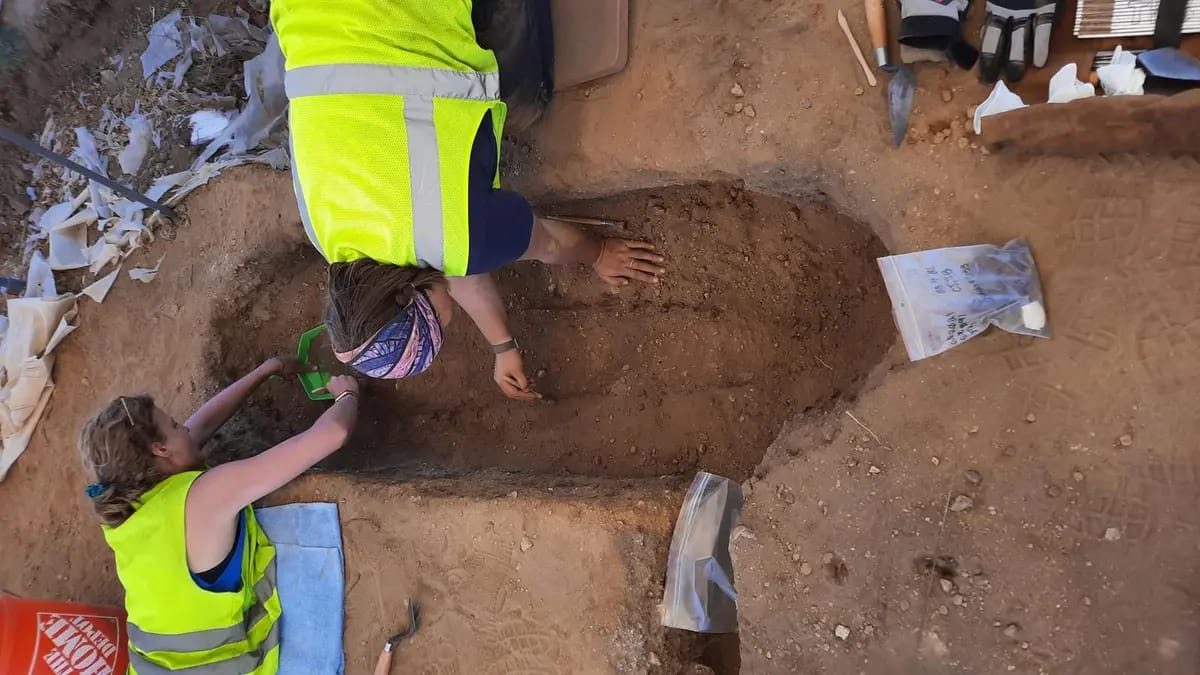

~ This completes repatriation of Versteeg collection which began earlier this year ~
ORANJESTAD, St. Eustatius (19 December 2023) –The Netherlands has returned the remains of three original inhabitants of Statia that archaeologists found on the 8.1 square mile island over 30 years ago. The remains – of an adult male and a female and her unborn child – are believed to be about a thousand years old.
They were handed over to Raimie Richardson, the heritage inspector at the Department of Culture Statia, by Arthur van Geel of the university of Leiden, where they had been preserved and studied since their discovery in the 1980s.
“Heritage is a present from our ancestors; our heritage and history have the power to build a nation,” said Richardson, who travelled home with the remains on 12 December. “It is fitting that they are returned to their original homeland where they will be reburied in an appropriate and respectful manner.”

The return of these remains completes the repatriation of the entire Versteeg collection, after more than 40 boxes of artifacts and human remains were returned to the island in February of this year. The Versteeg collection refers to bone fragments and artifacts, including boxes of ceramic and shell food remains, that were found during an excavation led archaeologist Aad Versteeg from 1984 to 1989 at the FD Roosevelt Airport.
It was part of a research project by the Archaeological Centre of the Leiden State University in the Netherlands and the Archaeological-Anthropological Institute of the Netherlands Antilles in Curaçao.
“We are very pleased than after our extensive research of these remains, we can return them to their place of origin,” said Dean Jan van Kolen of Leiden University’s faculty of archaeology. “Since the time of excavation, much has changed around the treatment of human remains. With this repatriation, we are once again showing that we want to work together to ensure that archaeological research is conducted with respect for all involved.”
The request for repatriation was made over a year ago by the Department of Culture as part of a new push to recover artifacts and human remains held by former colonial powers and others to highlight and preserve Statia’s history.
These include local artifacts currently housed at William & Mary, a US university in Williamsburg, Virginia.
The indigenous people are believed to have lived in Statia before the arrival of Spanish conquerors. The island later changed hands several times among Britain, France and the Netherlands. It is now a special municipality of the Netherlands with a population of about 3,200.
Advertise with the mоѕt vіѕіtеd nеwѕ ѕіtе іn Antigua!
We offer fully customizable and flexible digital marketing packages.
Contact us at [email protected]














